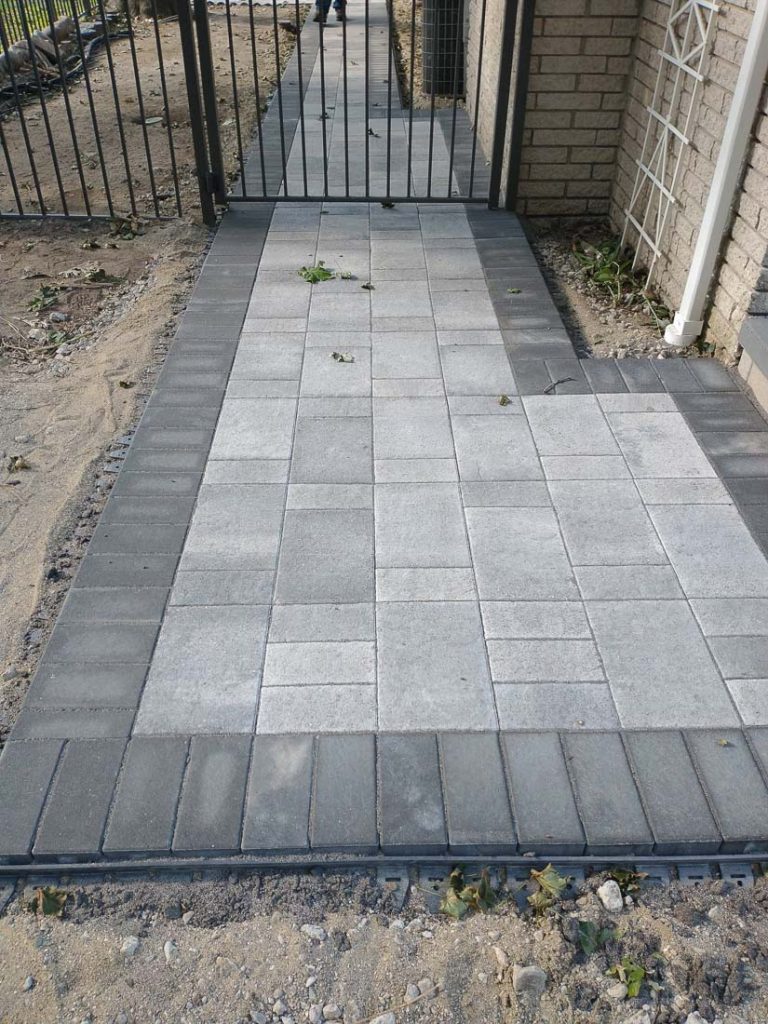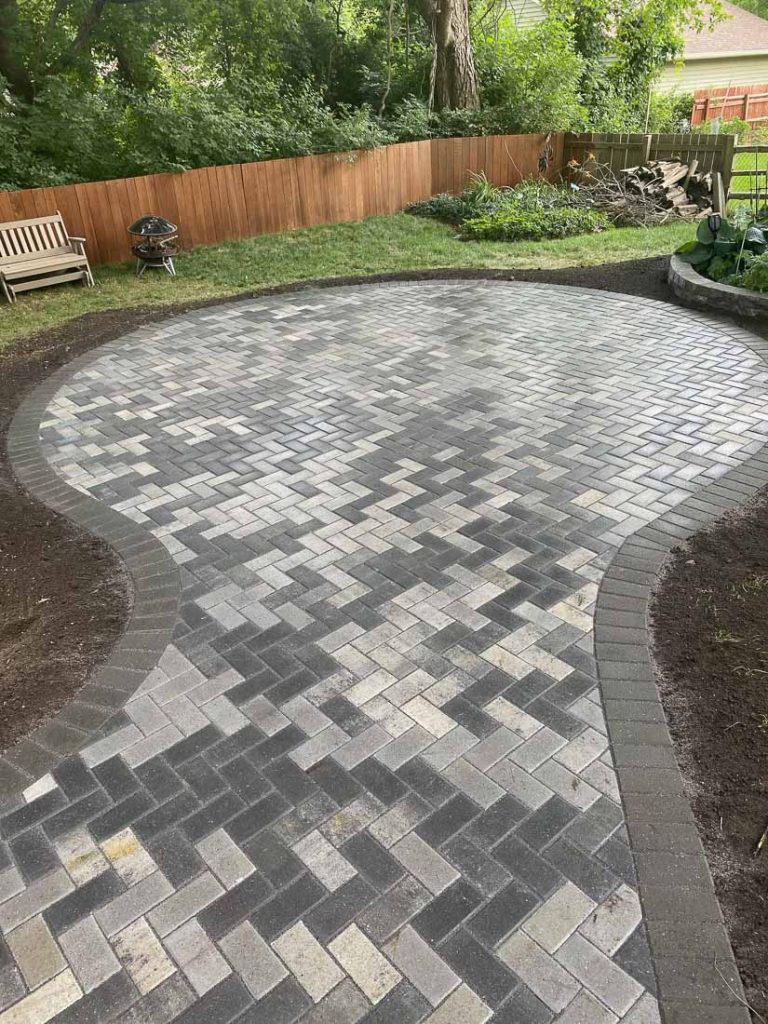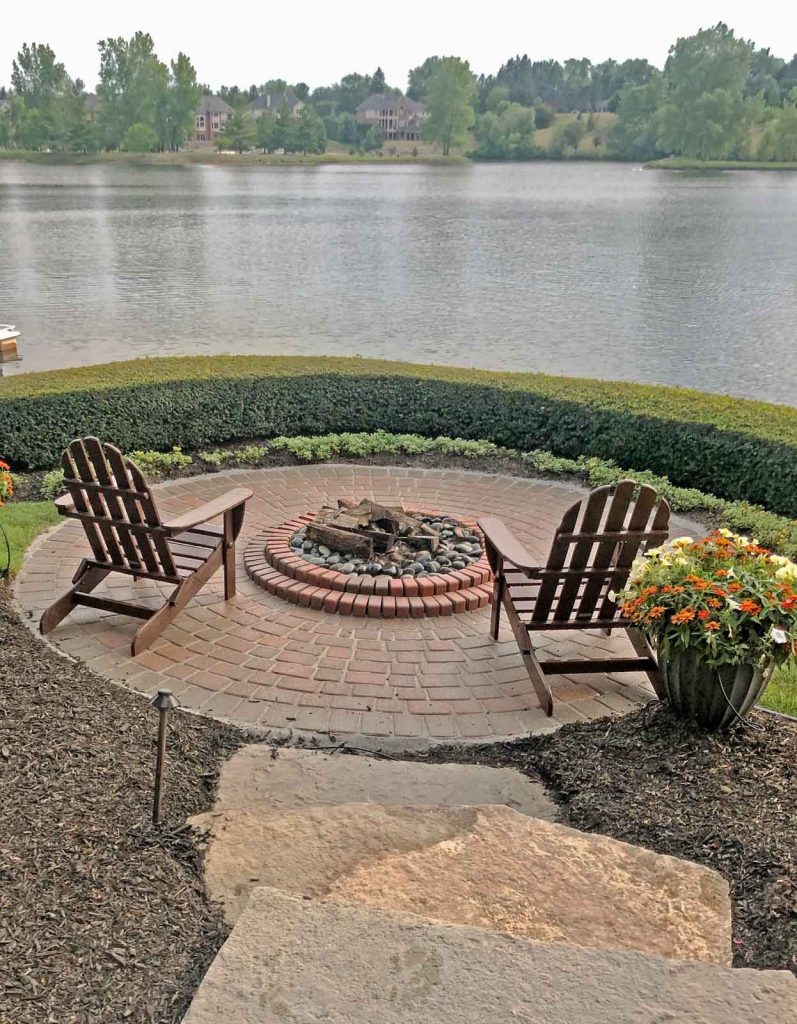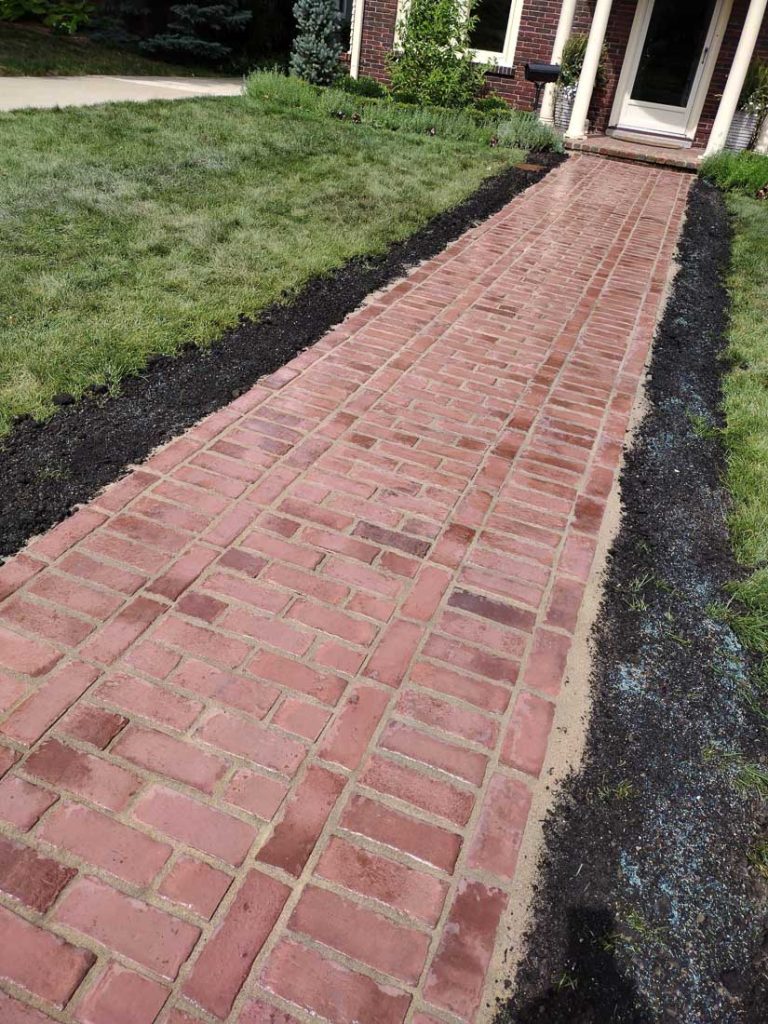Hardscaping Design Elements Defined
To fully appreciate the art and science of hardscaping design, we must first understand its main elements. Hardscaping isn’t just for aesthetic appeal—it can also play a crucial role in the sustainability of your landscape. For instance, permeable paving—frequently used in hardscaping—allows water to seep through surfaces and replenish groundwater levels, reducing runoff and preventing erosion. This method also helps filter out pollutants, contributing to a healthier ecosystem. It’s an excellent example of how hardscape design can merge beauty, functionality, and environmental consciousness.
Patios







Patios provide an outdoor living space for relaxation, dining, and entertainment. They can be constructed using various materials, including concrete, pavers, and natural stone.
Patios exist for several reasons, primarily related to providing additional outdoor space for leisure and entertainment. Here are a few key reasons why patios exist and the function in hardscaping design:
- Outdoor Living Space: Patios extend the living area of your home into the outdoors, providing a place where you can relax, dine, or entertain while enjoying the fresh air and natural surroundings. They offer a perfect spot for barbecues, parties, or quiet contemplation. 5 Ways to enhance your outdoor living space.
- Home Value: Patios can significantly increase the value of a home. They add usable square footage and create an appealing feature for potential buyers. A well-designed patio can yield a high return on investment if you decide to sell your home.
- Aesthetic Appeal: Patios can enhance your property’s overall look and feel. With various materials, styles, and design options, you can create a patio that complements your home’s architecture and reflects your style.
- Versatility: Patios can serve multiple purposes. They can be used as dining areas, outdoor kitchens, living rooms, play areas, or even spaces for gardening.
- Durability: Patios, especially those made from durable materials like concrete or stone, can withstand harsh weather conditions and heavy use, making them a practical long-term addition to a home.
In essence, patios exist in hardscaping design to bridge the gap between indoor and outdoor living, offering a versatile space that enhances your property’s functionality and aesthetic appeal.
Walkways







Walkways play a fundamental role in hardscaping design for several reasons:
- Easy Movement: Walkways allow for smooth and easy movement throughout the property. They guide foot traffic, protecting other elements of your landscape from being trampled or damaged.
- Organization and Structure: Walkways can provide structure and organization by connecting different garden spaces and creating boundaries that separate different use areas.
- Aesthetic Appeal: A well-designed walkway can add to the aesthetic appeal of your landscape. Different materials like natural stone, brick, or concrete can complement the overall design and feel of the outdoor space.
- Safety: Walkways offer a safe path, especially in bad weather when the ground might be slippery. They also help in guiding people at night when visibility is low.
- Accessibility: Walkways make your garden or yard accessible to everyone. They provide a stable surface that can be used by people of all ages, including those with mobility issues.
- Increases Home Value: A beautiful and functional landscape enhances curb appeal and can increase the value of your home. A well-planned walkway is an integral part of such a landscape.
So, walkways are practical features in a landscape or hardscaping design and contribute significantly to its beauty and functionality.
Retaining Walls






Retaining walls are often necessary for managing slopes and preventing erosion. They also create visual interest by adding levels to your landscape.
The Importance of Planning in Hardscaping Design
Successful hardscaping projects require careful planning and thoughtful design. Let’s delve into why these stages are so crucial.
Enhancing Functionality and Aesthetics
A well-planned hardscaping design maximizes the functionality of your outdoor space while enhancing its visual appeal. It ensures that each element serves a practical purpose while contributing to the overall aesthetics.
Sustainability and Longevity in Hardscaping Design
A thoughtful design considers sustainability and longevity, using materials and techniques that are durable, require minimal maintenance, and have minimal environmental impact.
Actionable Tips for DIY Enthusiasts
Proper planning and design are key even if you’re a DIY enthusiast taking on a hardscaping project.
Do Your Research on Hardscaping Design
Devote time to comprehending the unique characteristics of your landscape – the soil type, climate factors, and the space at your disposal. Be clear about your expectations, the functionality you want from your fresh hardscaping design, and the roles it should fulfill. The possibilities for crafting your new outdoor living area are virtually endless.
Sketch Your Design
Draft a sketch of your proposed hardscaping design. This will help you visualize the project and identify any potential issues before construction begins.
Consult with Professionals
When in doubt, don’t hesitate to consult with a hardscaping design professional. They can provide valuable advice and ensure that your project is on the right track.
We’ve now laid the groundwork for understanding the hardscaping basics. Let’s move forward to explore the expert techniques and materials that can truly transform an outdoor space.


